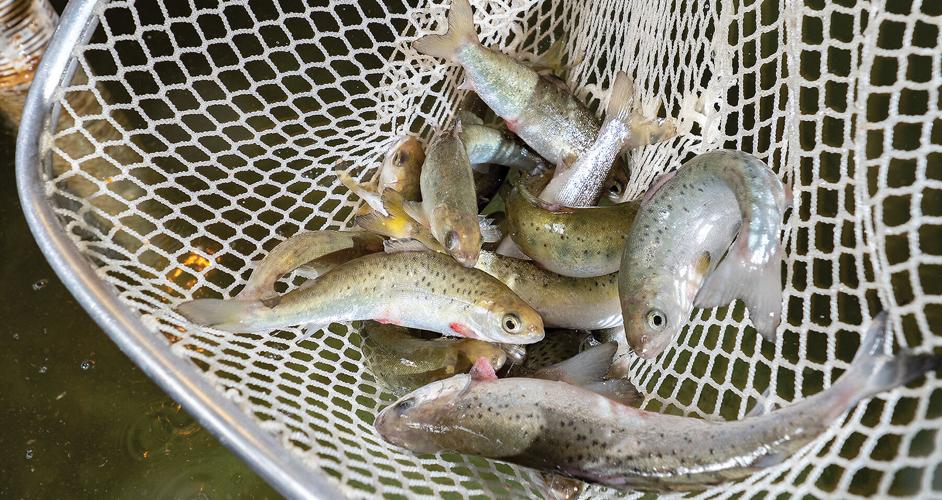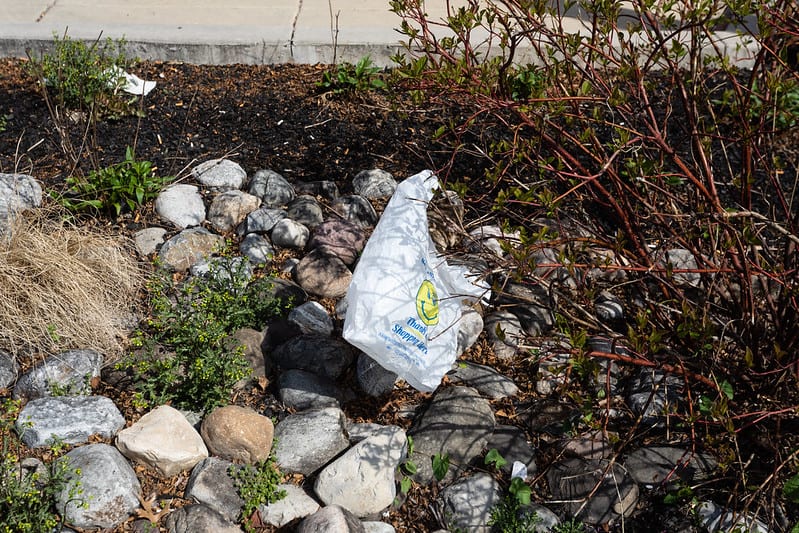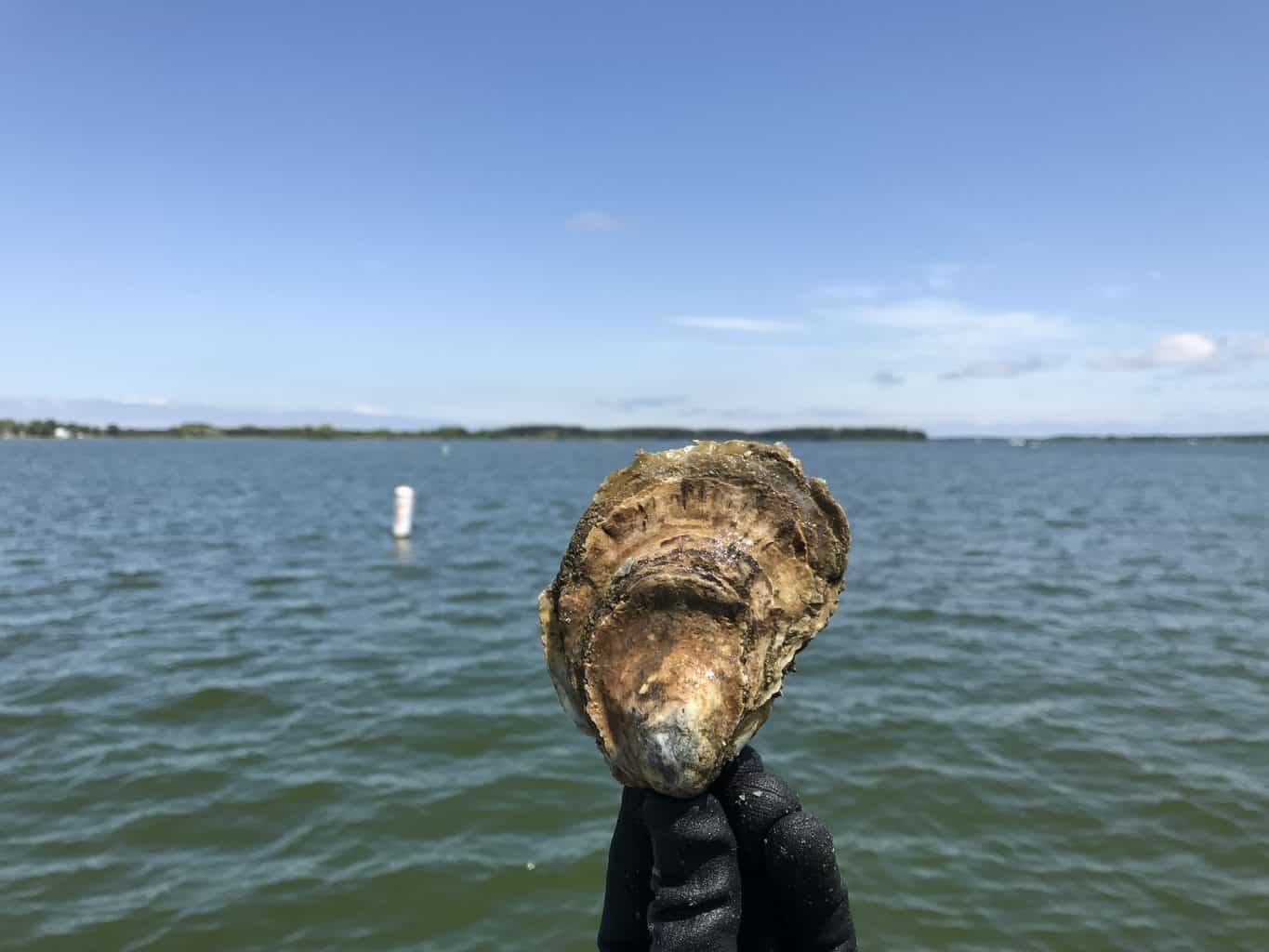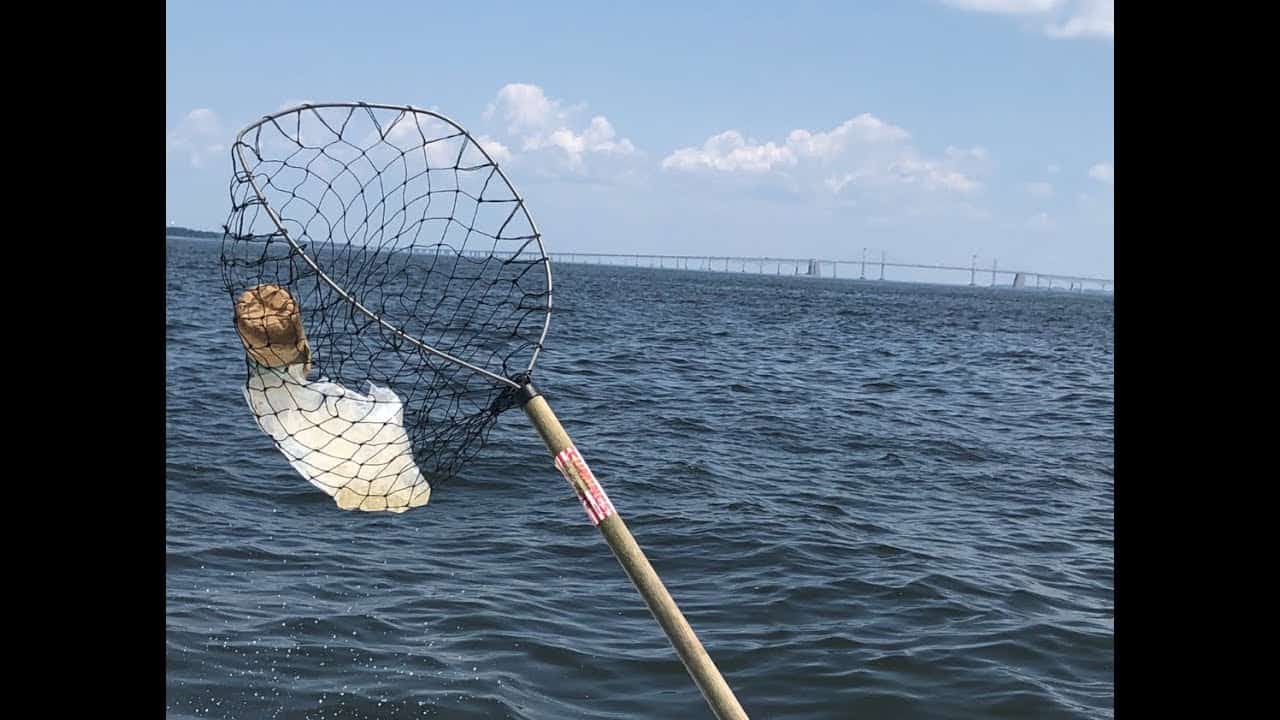By Timothy B. Wheeler & Jeremy Cox
A proposed indoor salmon farm on Maryland’s Eastern Shore is about to clear a key regulatory hurdle over critics’ fears that its discharges will threaten the state’s only Atlantic sturgeon spawning grounds.
The Maryland Department of the Environment (MDE) has issued a tentative permit that would allow the salmon-rearing facility to discharge up to 2.3 million gallons a day of treated “purge” water into Marshyhope Creek, a tributary of the Nanticoke River.
The Marshyhope is the only waterway in Maryland known to harbor spawning sturgeon. The long, prehistoric fish are endangered along most of the East Coast, including the Chesapeake Bay region.
It’s the first of several permits that AquaCon, the Norwegian aquaculture company proposing the salmon farm, needs to begin construction. Others include water appropriation, stormwater, and wetlands and waterways, as well as an aquaculture permit from the state Department of Natural Resources.
An AquaCon official said the company has gone to great lengths to ensure that the wastewater discharges don’t upend the Marshyhope’s ecosystem.
“We have spent more than one year with MDE on the permit terms,” said Henrik Tangen, executive chairman and president of AquaCon. The state’s discharge conditions, he said in an email, “are significantly more stringent than comparable terms for other similar facilities [worldwide], U.S. included, taking all local environmental issues into consideration.”
The company, which went public with its plans in 2020, aims to raise fish inside a $300 million, 25-acre building in an industrial park on the outskirts of Federalsburg, a small town in rural Caroline County. According to AquaCon’s website, it’s one of four such facilities that the company hopes to build in Maryland to supply the Mid-Atlantic region with the popular fish.
By AquaCon’s own calculations, discharges from the Federalsburg facility would compose up to 15% of the Marshyhope’s water flow. Several environmentalists say the creek is too small to absorb that much wastewater.
“We’re really strongly opposed to this,” said Judith Stribling, a retired Salisbury University biology professor and former president of the Friends of the Nanticoke River. “The notion of salmon aquaculture is admirable, and the objective of producing good, quality food that would in most places not have a serious impact on the environment seems like a good one. But this location could not be worse.”
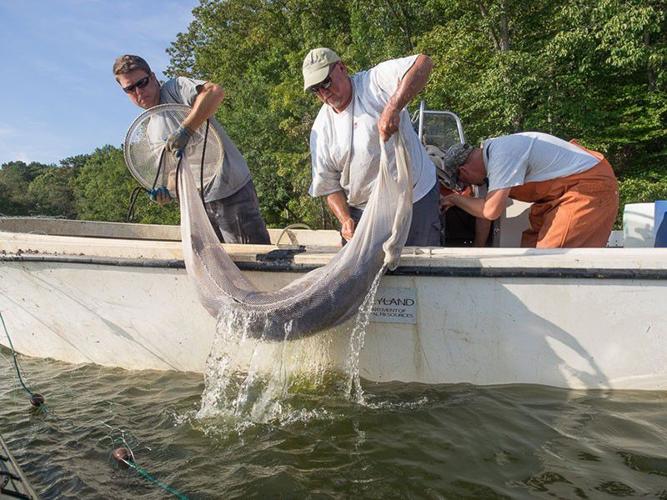
Environmentalists point to several issues with the wastewater. Among them: It will be colder than the water in the surrounding river during the summer, potentially upsetting the spawning season; the purged water could contain diseases and chemicals harmful to aquatic life; and any change in the stream’s salinity or other water chemistry could affect sturgeon spawning.
The wastewater would enter the creek just upstream of the MD Route 313/318 bridge, just outside the portion of the Marshyhope designated as critical habitat for sturgeon. Still, sturgeon have been documented swimming in the creek above the bridge, according to state surveys.
Lee Currey, director of MDE’s water and science administration, said his agency’s staff believe the permit limits and requirements they have proposed should safeguard Atlantic sturgeon. Even so, he added, “The applicant will need to be able to demonstrate to us that their design is going to be able to achieve these.”
If built, the Federalsburg facility would produce up to 16,000 metric tons of salmon a year, company officials say. The company plans to use a “recirculating aquaculture system,” in which the fish will be raised in a series of large indoor tanks filled with water from wells. That water will be almost completely recycled, with fish waste filtered out and converted to methane to supply energy for the operation.
The aquaculture facility’s only direct discharge to Marshyhope Creek will be from tanks used to “polish” the salmon before harvest, purging them of bacteria that can cause a muddy flavor in fish. Because some area residents eat fish caught in the creek, MDE says it will require AquaCon to submit a study to show that its discharge won’t give those fish that unfavorable flavor.
In drafting the permit, MDE reviewed discharge requirements imposed by Maine regulators on two similar land-based salmon farms proposed near the Atlantic coast there. MDE also consulted with aquaculture and sturgeon experts in and out of government.
“We’ve tried to address all the concerns that we’ve heard,” MDE’s Currey said. But regulators want more information before making a final determination to issue a discharge permit. Toward that end, MDE has scheduled a public hearing at 5 p.m. on Aug. 10 at the Federalsburg Town Hall, 118 North Main St. Comments received by Aug. 17 also will be considered.
“There still needs to be a demonstration to us that the technology being used meets the requirements necessary to protect the aquatic community,” Currey said. “There’s still a ways to go.”
You can read this story in its entirety at bayjournal.com.

